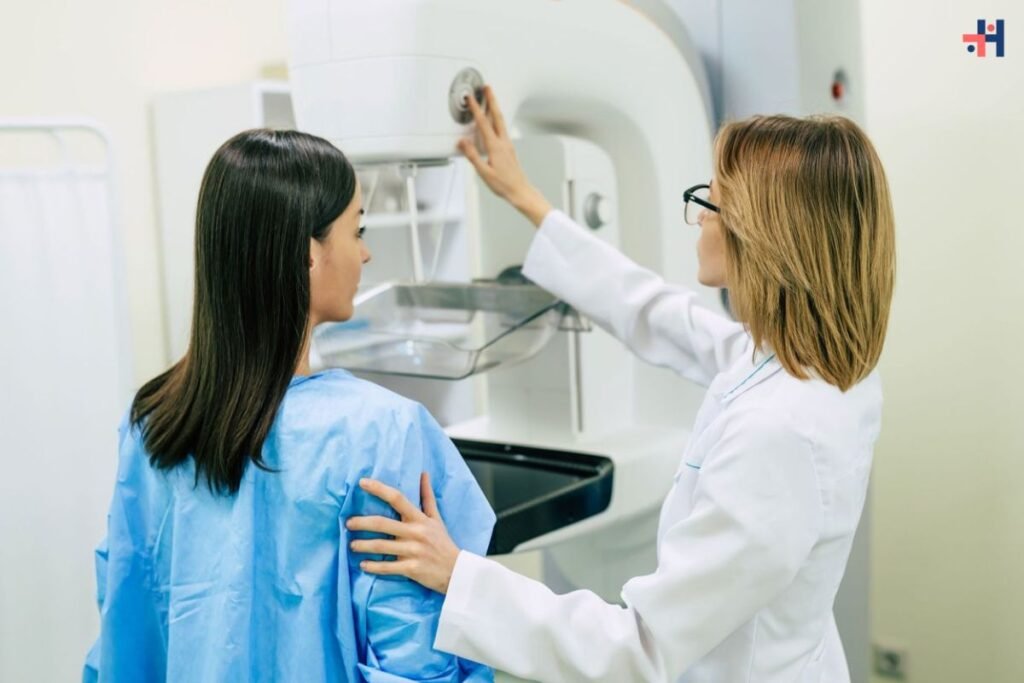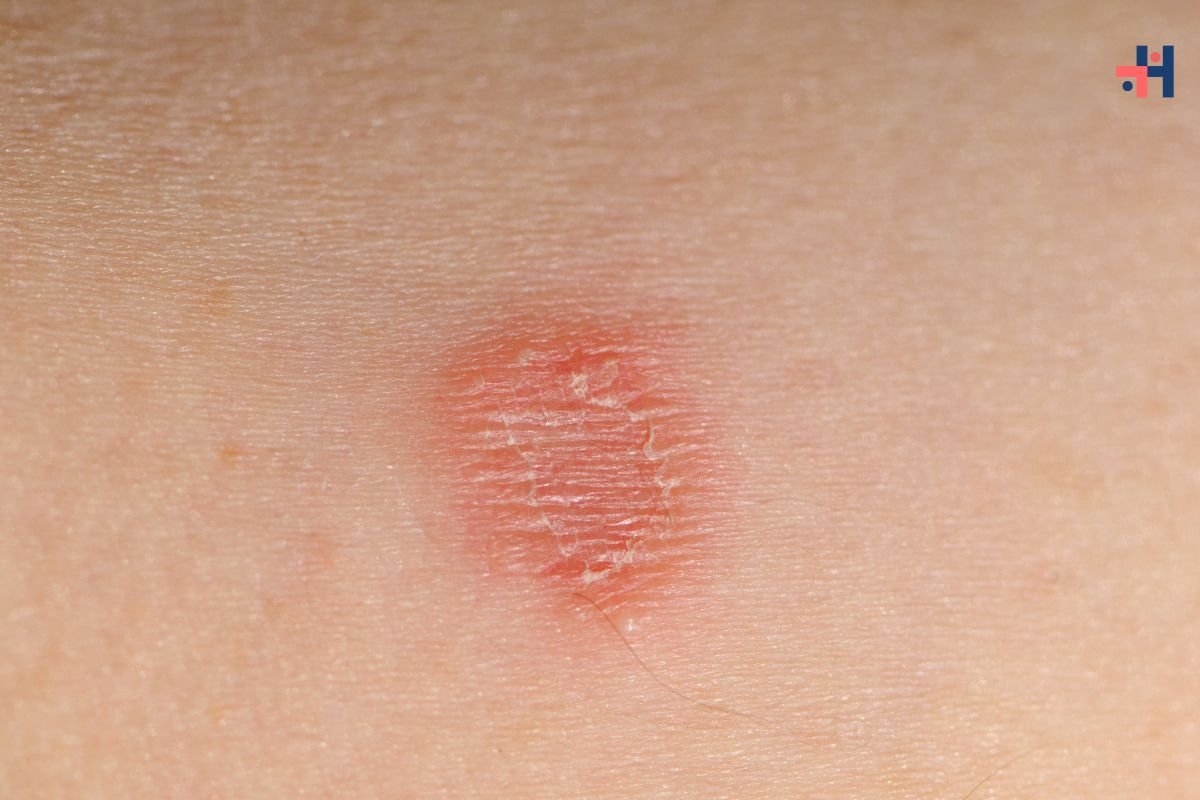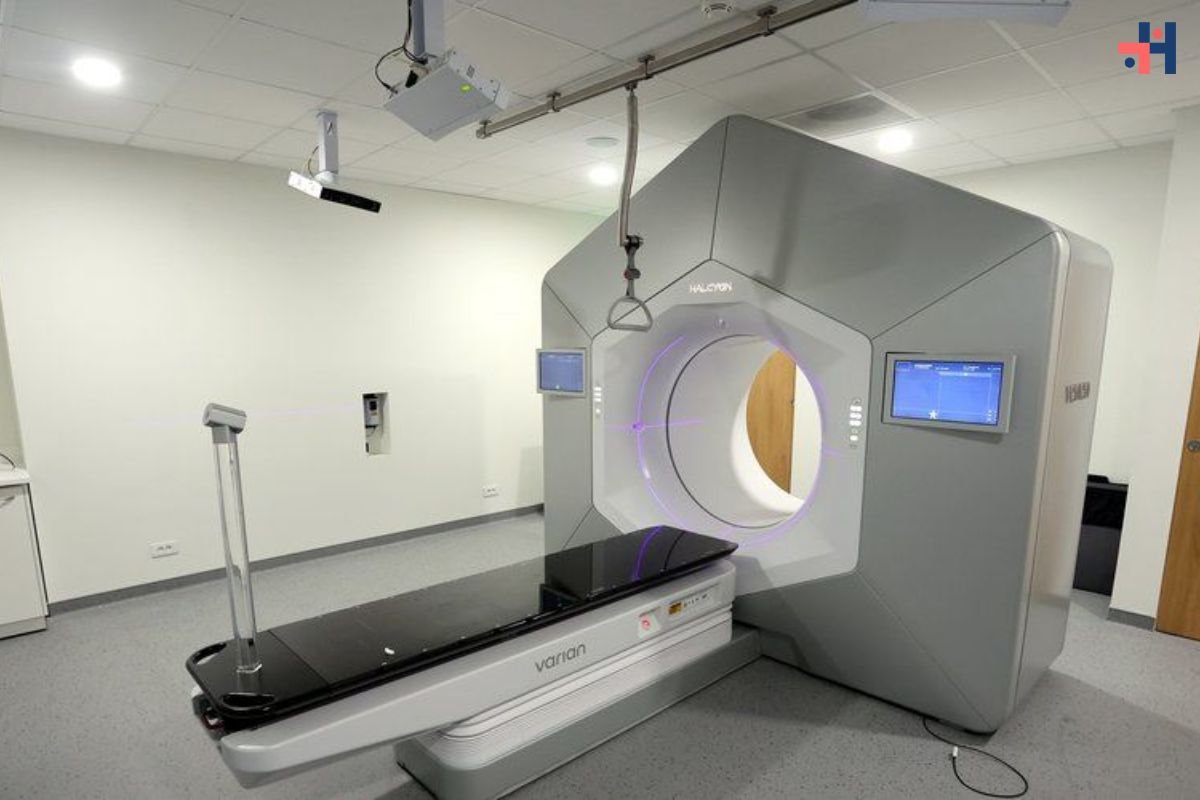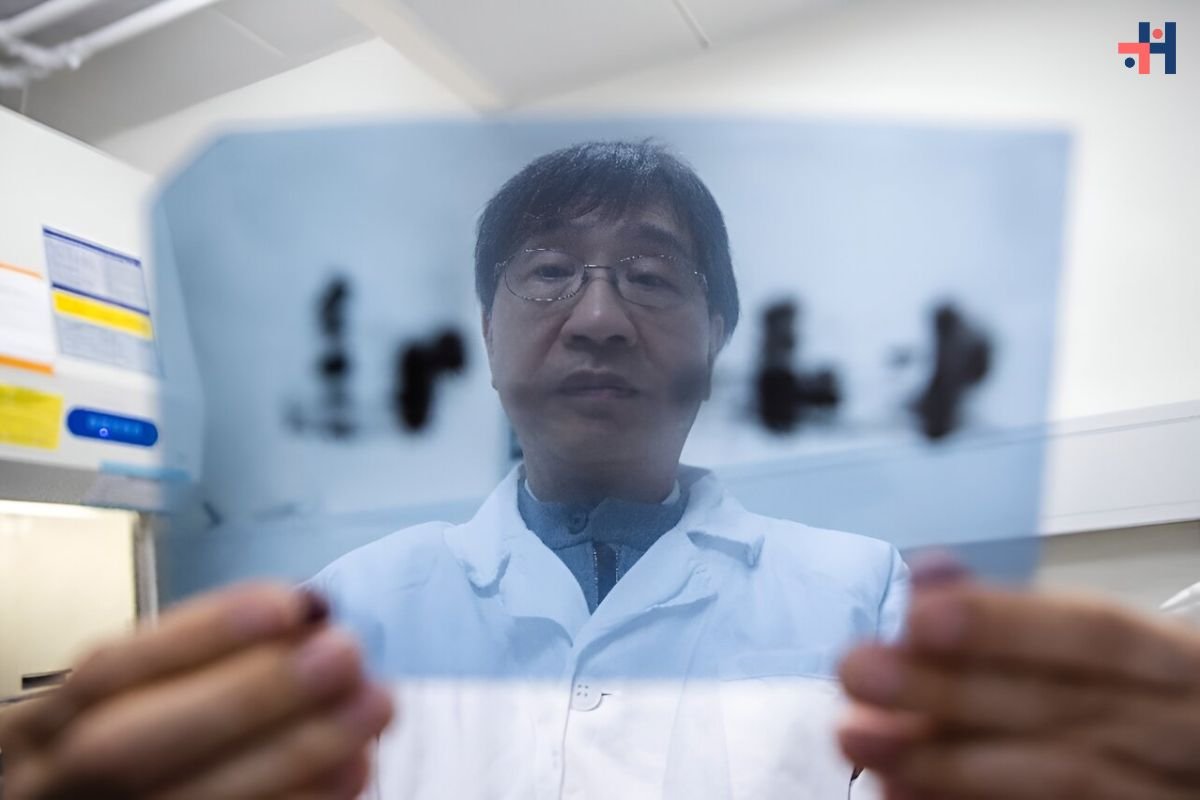[Source-CNN]
A recent report from the Centers for Disease Control and Prevention (CDC) has shed light on concerning trends regarding mammography screening among low-income women. The study revealed that nearly one-third of women aged 50 to 74 with adverse health-related social needs have been missing out on recommended mammograms, potentially putting their lives at risk.
Disparities in Mammography Utilization
The study, conducted over a two-year period, examined the prevalence of mammography use among women in the specified age group. It found that the likelihood of undergoing mammography varied significantly based on the presence of health-related social needs (HRSNs). Women facing challenges such as lack of emotional support, food insecurity, and transportation issues were significantly less likely to receive mammograms.
Addressing the Root Causes
Dr. Lisa C. Richardson, Director of CDC’s Division of Cancer Prevention and Control, emphasized the importance of addressing the underlying barriers that prevent women from accessing mammography services. She highlighted the need for healthcare providers to assess patients for health-related social needs and to provide support in overcoming these challenges.
Identifying Vulnerable Populations
The study identified several specific health-related social needs that were associated with lower mammography utilization rates. Factors such as dissatisfaction with life, social isolation, loss of employment, unreliable public transportation, and food insecurity were all linked to a decreased likelihood of undergoing mammograms.
Financial Barriers to Screening
In addition to social determinants of health, financial barriers also played a significant role in hindering mammography screening among vulnerable populations. Women without health insurance and those facing cost barriers were found to be less likely to receive mammograms, further exacerbating disparities in breast cancer detection and treatment.
Urgent Need for Action
The findings of the CDC report underscore the urgent need for targeted interventions to improve mammography utilization among low-income women. Accessible and affordable screening programs, along with initiatives to address social determinants of health, are essential to ensure that all women have equitable access to life-saving breast cancer screening.
Bridging the Gap
Efforts to increase mammography screening rates must focus on addressing the root causes of disparities, including social and financial barriers. By providing comprehensive support services and removing obstacles to screening, healthcare providers can help bridge the gap and ensure that all women receive timely and appropriate breast cancer screening.
The CDC report highlights the critical importance of addressing social determinants of health in promoting breast cancer screening among low-income women. By addressing these underlying factors and implementing targeted interventions, we can work towards reducing disparities in breast cancer outcomes and improving the health and well-being of all women.










